Knowledge Base
-

Choosing Gas Chromatography Columns: Key Parameters
In gas chromatography, column length, internal diameter, and film thickness critically determine efficiency, retention times, pressure requirements, and sample capacity. This article reviews how each parameter impacts chromatographic performance and provides practical selection guidelines—balancing resolution, analysis time, and cost—to help analysts choose optimal capillary columns for diverse applications. -

Uncovering Overlooked Factors Behind Abnormal Baselines
A stable, flat baseline is essential for accurate HPLC analyses, yet analysts may grapple with noise and drift. This article explores key baseline disturbances—sawtooth patterns, pulsations, chaotic fluctuations, and drift—pinpoints their root causes, and offers precise remedies. A real-world case study demonstrates systematic troubleshooting to restore baseline integrity. -
![[Readers Insight] How to Quickly Establish Robust HPLC Analytical Methods: A 5-Step Expert Guide](//www.welch-us.com/cdn/shop/articles/webp_5bf58136-c327-4d10-a902-c9927917921f_535x.webp?v=1761628740)
[Readers Insight] How to Quickly Establish Robust HPLC Analytical Methods: A 5-Step Expert Guide
This practical article guides new chromatographers through five essential steps to build robust HPLC methods: structural analysis, solvent selection, signal enhancement, elution optimization, and method validation. -

Pursuing Excellence in Pharmaceutical Quality Control: Best Practices and Insights for Laboratories
In this article, one of Welch’s long-term customer shares their practices and insights on pharmaceutical laboratory quality control in both HPLC and GC, along with their firsthand experience of Welch’s HPLC columns. -
![[Readers Insight] Why “Peak Area” is Used for Quantification in Chromatography](//www.welch-us.com/cdn/shop/articles/1080-peak-area_535x.webp?v=1761629420)
[Readers Insight] Why “Peak Area” is Used for Quantification in Chromatography
Peak area is the preferred metric for quantification in chromatography due to its consistency across variable peak shapes and resistance to signal distortion. Unlike peak height or volume, it offers reliable integration even with minor peak deformation or interference, making it the most robust choice in routine analysis. -
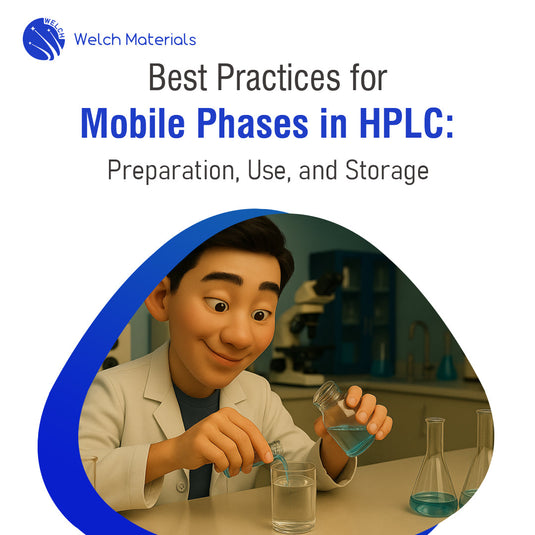
Best Practices for Mobile Phases in HPLC: Preparation, Use, and Storage
Proper preparation, handling, and storage of HPLC mobile phases are essential for achieving accurate, consistent results. This article outlines key considerations for selecting solvents, preparing mobile phases, and avoiding common pitfalls that can affect chromatographic performance and instrument longevity. -
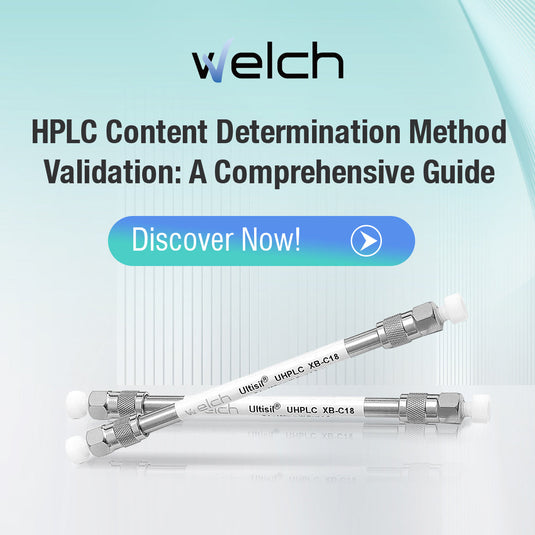
HPLC Content Determination Method Validation: A Comprehensive Guide
This guide provides a detailed overview of HPLC method validation for content determination, highlighting key procedures, technical considerations, and common pitfalls to ensure accurate and reliable results. -
![[Readers Insight] Chromatographic Separation Strategies for Multi-Component Analysis](//www.welch-us.com/cdn/shop/articles/1080-multi-component_535x.jpg?v=1761629958)
[Readers Insight] Chromatographic Separation Strategies for Multi-Component Analysis
Mass spectrometry simplifies multi-component analysis, but chromatographic separation remains essential for challenging cases. This article explores enhancements in gradient elution, column selection, temperature, flow rate, and mobile phase composition for separation efficiency and resolution. -
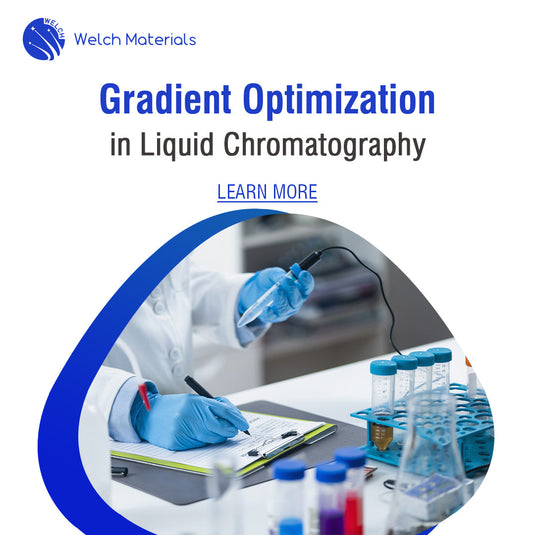
Gradient Optimization in Liquid Chromatography
In this article, we explore key considerations in gradient method development, and witness how optimizing gradient elution in HPLC is key to achieving efficient separation through a real-world case study. -
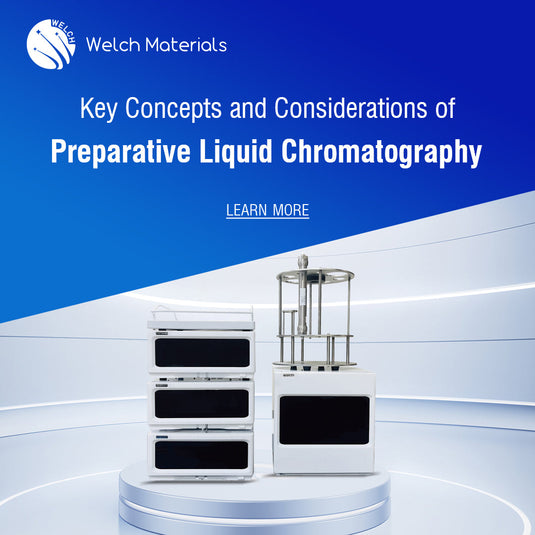
Key Concepts and Considerations of Preparative Liquid Chromatography
In this article, we discuss 10 essential aspects of preparative liquid chromatography, including definition, applications, workflow, key parameters, classification, difference from analytical LC, and practice. -

Unraveling the Case: Reasons Behind Poor LC RSD
A real-world case of poor reproducibility in LC analysis, with a general conclusion of common issues that cause RSD to be high. -
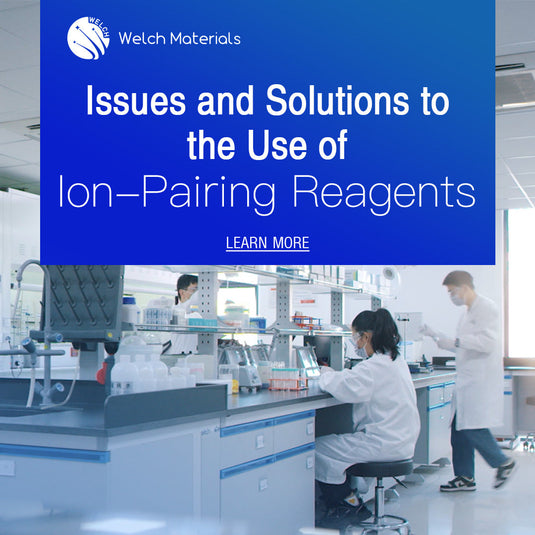
Issues and Solutions to the Use of Ion-Pairing Reagents
Explore the mechanism of ion-pairing reagents, and common issues and solutions when using ion-pairing chromatography.

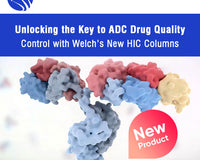

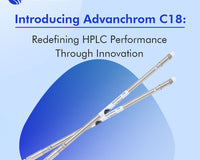




![[Readers Insight] How to Quickly Establish Robust HPLC Analytical Methods: A 5-Step Expert Guide](http://www.welch-us.com/cdn/shop/articles/webp_5bf58136-c327-4d10-a902-c9927917921f_535x.webp?v=1761628740)

![[Readers Insight] Why “Peak Area” is Used for Quantification in Chromatography](http://www.welch-us.com/cdn/shop/articles/1080-peak-area_535x.webp?v=1761629420)


![[Readers Insight] Chromatographic Separation Strategies for Multi-Component Analysis](http://www.welch-us.com/cdn/shop/articles/1080-multi-component_535x.jpg?v=1761629958)



